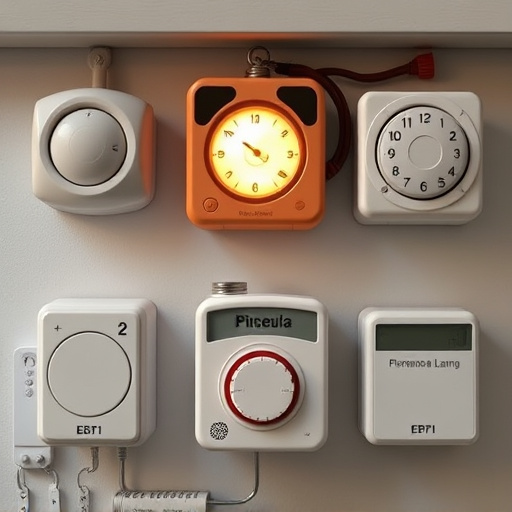When choosing a panic alarm for nighttime security, look for decibel levels above 100 and a carry distance of at least 50-200 meters to deter dangers and ensure your safety during low-light conditions. Select alarms with directional microphones and adjustable frequency outputs for optimal performance in diverse environments. Regularly test volume and reach to guarantee reliability.
Staying safe while night walking is crucial, especially with increasing urban exploration. The right emergency safety devices can provide peace of mind. This article guides you through choosing an effective panic alarm, focusing on key features like powerful panic alarm sound carry distance. Learn how to maximize the reach of your device in dark environments and discover best practices for carrying and using these essential tools, ensuring a safer night out.
- Choosing the Right Panic Alarm for Night Safety
- Maximizing Sound Carry Distance in Dark Environments
- Carrying and Using Emergency Devices Effectively at Night
Choosing the Right Panic Alarm for Night Safety
When selecting a panic alarm for night safety, consider its sound intensity and carry distance. A loud, high-pitched alarm is ideal as it draws attention quickly, which can deter potential threats. Look for models that produce sounds exceeding 100 decibels, audible from at least 50 meters away to ensure maximum reach in the dark.
The carry distance should be sufficient to cover a reasonable walking distance or allow you time to escape if needed. This typically ranges from 50 to 200 meters, depending on the alarm’s power and environment. Read product descriptions carefully to understand these specifications before making a purchase that prioritizes your night-time safety.
Maximizing Sound Carry Distance in Dark Environments
In dark environments, sound carry distance becomes a critical factor for emergency safety devices. While many panic alarm systems are designed to emit loud sounds, the effectiveness of this feature is significantly reduced in the absence of light. Maximizing sound carry distance involves not just amplifying the volume but also considering factors like terrain, obstacles, and weather conditions.
For optimal performance, emergency alarms should be equipped with technology that compensates for these variables. Advanced features such as directional microphones and adjustable frequency output can ensure that the panic alarm’s distress signal reaches nearby responders or bystanders more effectively. This enhanced sound carry distance is a game-changer during night walking, providing peace of mind and increasing the chances of rapid assistance in case of an emergency.
Carrying and Using Emergency Devices Effectively at Night
When night walking, effectively carrying and using emergency devices can make all the difference in an unpredictable situation. One crucial tool is a panic alarm designed to emit a loud sound that can attract attention and deter potential dangers. These alarms are compact and easy to carry, often fitted with a lanyard for convenient accessibility. To ensure maximum effectiveness, users should familiarize themselves with the device’s activation mechanism; a quick squeeze or twist could mean the difference between safety and an escalating emergency.
The range of these panic alarms is another vital consideration. Look for devices with a carry distance that suits your expected environment—whether it’s a quiet neighborhood or a remote trail. In dense urban areas, a shorter range might be sufficient to alert nearby help, while longer ranges are beneficial in open spaces or during solo expeditions where assistance may be farther away. Regularly testing the alarm’s volume and reach can help ensure its reliability when needed most.
When night walking, prioritizing safety means being prepared with the right tools. A panic alarm can be a powerful asset, but understanding its sound carry distance in dark environments is key. By choosing the right device and carrying it effectively, you enhance your personal safety and peace of mind during evening excursions. Maximizing the reach of your panic alarm ensures help can arrive promptly if needed.
